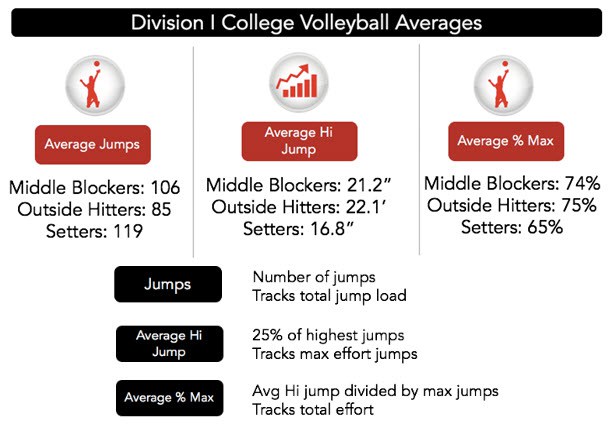Increasing vertical leap and power will certainly help volleyball players perform at higher level. Here is a quick routine that can help improve power and vertical leap.
In this clip Michael Cano, from ONEighty Athletics, shares a sequence of exercises that he uses when training his athletes.
He begins the workout with an explosive movement. In this clip he uses High Pulls, however, you could easily use a clean or snatch instead.
Coach Cano offers the following coaching tips for executing the High Pull:
- Legs hip width
- Hands thumb width from the groove
- Roll the wrist
- Set the back
- Engage the core
- Load the hips
- Butt back
- Shoulders should cover the bar
- Take a big aggressive jump shrug movement.
To begin this workout he has his athletes do 5 reps of the High Pull. Upon completion of the High Pulls, they immediately do 5 reps of box jumps, followed by another set of 5 High Pulls.
Next, he as the athlete do 5 reps of depth jumps. Here the athlete will drop from one box and the immediately accelerate up on to a second box. Then just as before, the athlete will do another set of 5 high Pulls.
The final exercise is Hurdle Hops (he uses benches in the video). In this exercise, the athlete will begin in a power position and essentially do a tuck jump up over the hurdle while being sure to bring their knees up towards his chest. The athlete should land softly in the power position and pause. Next, they should stand up and then return to the power position before executing another hop over the next hurdle. Upon completion of the Hurdle Hops, the athlete will complete 5 reps of High Pulls.
Coach Cano has a ton of resources for coaches and one of those is absolutely FREE. Click the link The Ultimate Speed Training Blueprint to get your copy of the free eBook.
The YouTube video below has audio, so please make sure that your volume is turned up and that you have access to the site. Note some schools block access to YouTube.
